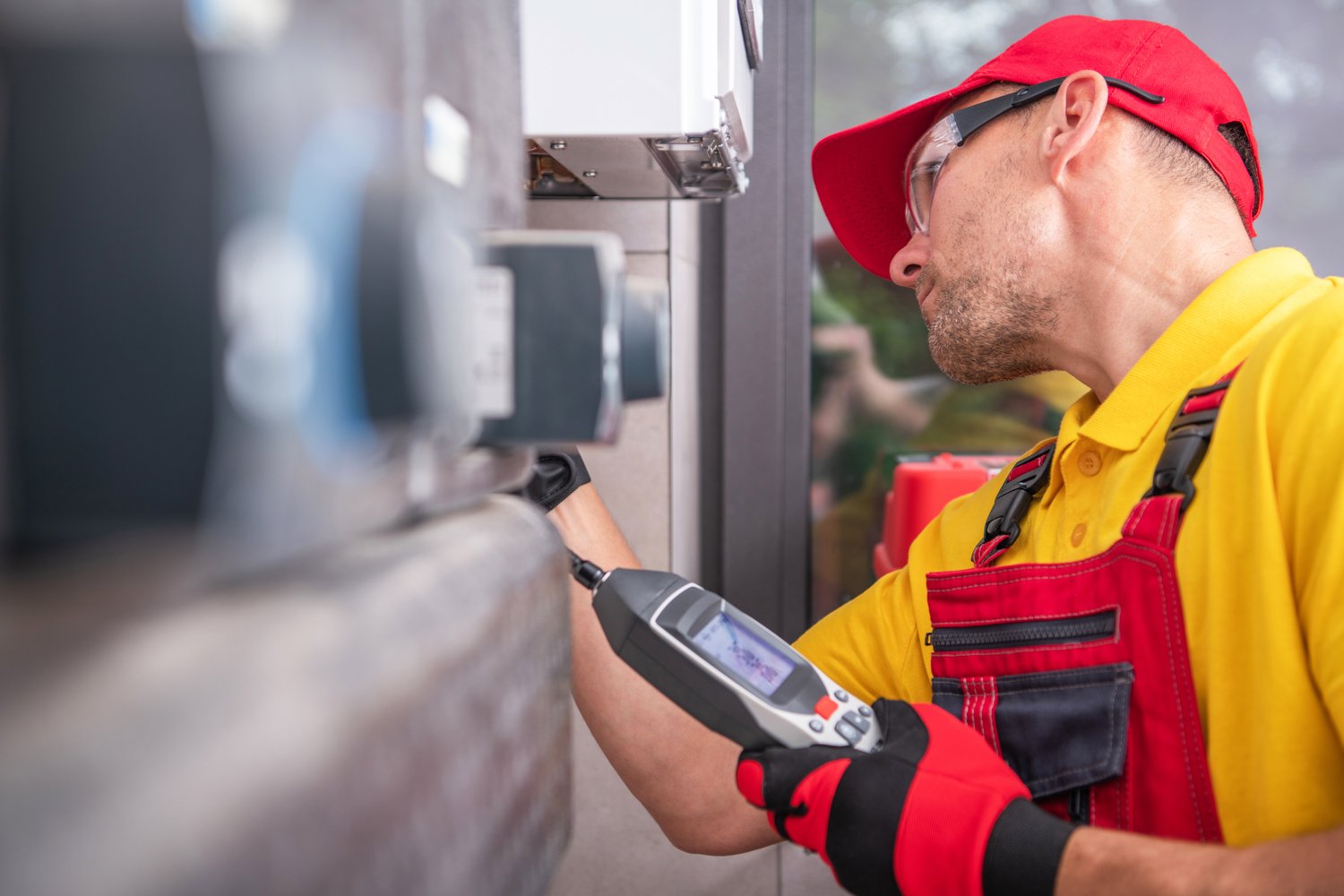Homeownership comes with the ongoing responsibility of maintenance and upkeep to protect your investment and ensure your living space remains safe and comfortable. A systematic approach to preventative home maintenance can save you thousands in potential repair costs and extend the lifespan of your home’s critical systems. This comprehensive seasonal home care guide outlines essential tasks to perform throughout the year, helping you stay organized and proactive with your property upkeep. By following this maintenance schedule, you’ll address small issues before they become major problems and maintain your home’s value for years to come.
Spring Maintenance: Refreshing After Winter
As winter thaws and spring blooms, your home requires attention to recover from cold weather impacts. Begin your spring property upkeep by inspecting your roof for missing or damaged shingles that may have occurred during winter storms. Clean gutters and downspouts of debris to ensure proper drainage as spring rains arrive. Examine the exterior of your home for cracks in the foundation, damaged siding, or peeling paint that needs attention. Spring is also the ideal time to service your air conditioning system before summer heat arrives, ensuring efficient operation when you need it most.
The yard requires special attention during spring as well. Remove dead plants and prune shrubs and trees to encourage healthy growth. Test irrigation systems for leaks or damaged components, and prepare garden beds for new plantings. Inside your home, check for water damage on ceilings and around windows that might indicate leaks developed during winter months. Spring cleaning should include changing HVAC filters, cleaning dryer vents, and testing smoke and carbon monoxide detectors—essential preventative home maintenance tasks often overlooked.
Summer Maintenance: Managing Heat and Humidity
Summer’s heat and humidity present unique challenges to your home’s systems. Your seasonal home care during these months should focus on maintaining cooling efficiency and protecting against moisture damage. Inspect attic ventilation to ensure proper airflow and prevent heat buildup that can damage roofing materials and increase cooling costs. Clean air conditioner coils and check refrigerant levels if your system seems to struggle maintaining comfortable temperatures.
The exterior of your home needs attention during summer as well. Check and repair window and door screens to keep insects out while allowing fresh air in. Inspect decks, patios, and outdoor structures for loose boards, protruding nails, or rotting wood that could pose safety hazards during summer gatherings. Many homeowners find that consulting with AskHomey for professional guidance on summer maintenance tasks helps identify potential issues they might otherwise miss. Summer is also the perfect time to check exterior wood trim and siding for peeling paint or signs of rot, addressing these issues before they worsen.
Fall Maintenance: Preparing for Cold Weather
As temperatures begin to drop, your home maintenance checklist should shift toward winter preparation. Fall property upkeep begins with a thorough inspection and cleaning of your heating system—replace filters, clean ducts, and schedule professional service if needed. Check weatherstripping around doors and windows, replacing any that has deteriorated to prevent heat loss and reduce energy bills during colder months.
Fall is the critical season for chimney maintenance if your home has a fireplace or wood stove. Have chimneys professionally inspected and cleaned to prevent dangerous chimney fires. Clear gutters and downspouts again as leaves fall to prevent ice dams during winter freezes. Drain and shut off outdoor water supplies, including irrigation systems and hoses, to prevent frozen and burst pipes. Inspect your roof one more time before winter, addressing any issues that could worsen under the weight of snow and ice. Proper fall maintenance significantly reduces winter emergencies and costly repairs.
Winter Maintenance: Protecting During Harsh Conditions
Winter home maintenance focuses on protection against cold, moisture, and energy conservation. Keep attics well insulated but ventilated to prevent ice dams on rooflines. Regularly check for ice buildup around gutters and roof edges, carefully removing accumulation that could damage structures. Test your home’s heating system regularly throughout the season, listening for unusual noises that might indicate developing problems.
Indoor winter maintenance includes monitoring humidity levels, as dry winter air can damage wood furniture and affect health, while excessive moisture can lead to mold growth. Check exposed pipes in unheated areas and insulate as needed to prevent freezing. Keep driveways and walkways clear of ice and snow, being careful not to damage surfaces with harsh ice-melting chemicals. Throughout winter, continue monitoring your home for drafts, which indicate areas where cold air infiltration wastes energy and strains heating systems.
Year-Round Preventative Maintenance
Some home maintenance tasks transcend seasons and should be part of your regular property upkeep routine. Monthly testing of smoke and carbon monoxide detectors, quarterly inspection of fire extinguishers, and regular checks of electrical systems prevent dangerous situations. Clean refrigerator coils and check seals, flush the water heater annually, and regularly inspect plumbing for leaks to extend appliance life and prevent water damage.
Creating a detailed home maintenance checklist organized by season helps ensure nothing gets overlooked. Document completion dates, observations, and contractor information for each task to build a comprehensive maintenance history for your home. This information proves invaluable for future maintenance planning and when selling your property, as it demonstrates diligent care to potential buyers.
For more tips and to connect with reliable home service professionals, follow AskHomey on Facebook and Instagram.



